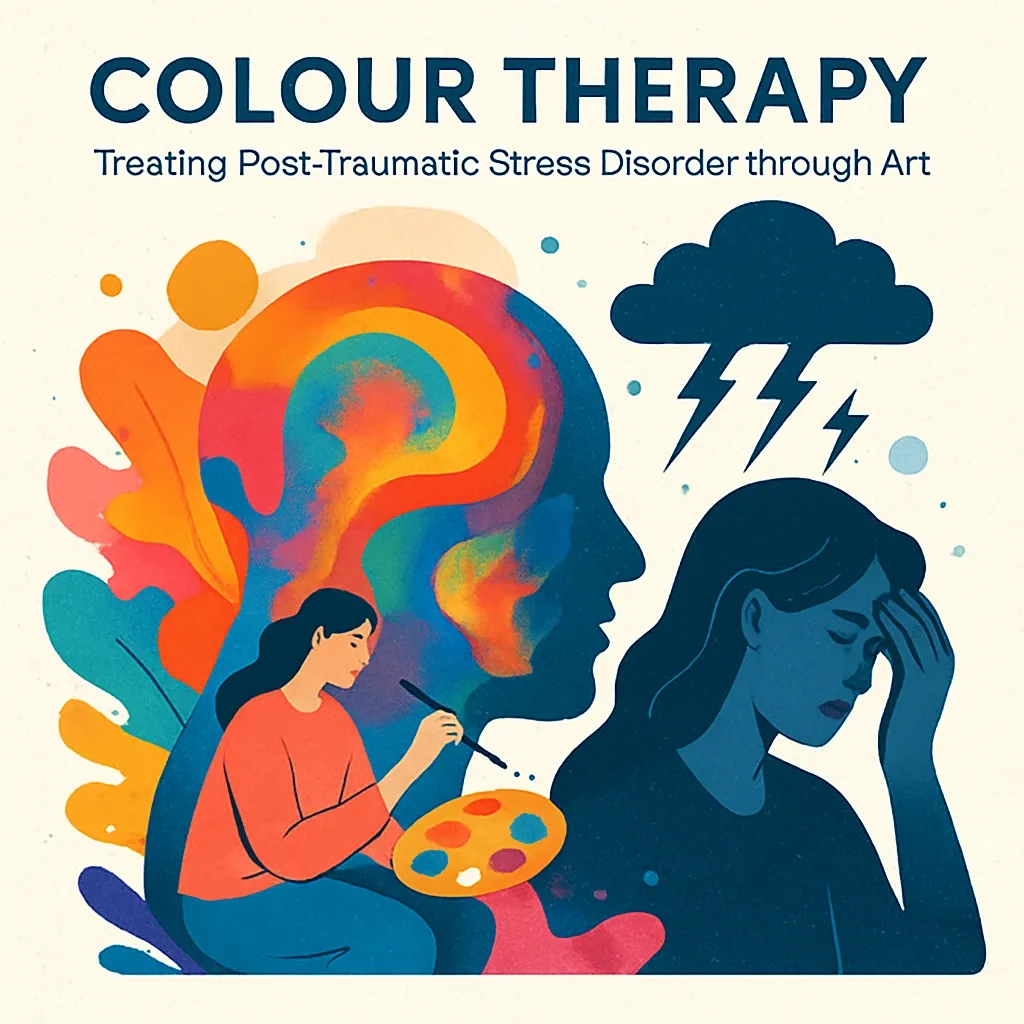+90 224 504 28 12 (TR)
Üçevler Mahallesi İzmir Yolu Cadde No:241/C Blok Westpoint D:32 Nilüfer, Bursa, 16120

Across Europe, it is estimated that 70% of adults have experienced at least one traumatic event in their lives, stemming from factors such as natural disasters, accidents, war, abuse, grief, and the global COVID-19 pandemic. The prevalence of Post-Traumatic Disorder (PTD) is significant, with rates recorded at 8.37% in Spain and 8.4% in Romania. Data from Turkey and Cyprus are outdated, though the situation has likely worsened due to recent global crises. In Spain, for example, 53% of healthcare staff showed PTD symptoms after the pandemic began. Furthermore, there is a shortage of trained mental health professionals in all partner countries, with numbers well below the European average. Given this gap, innovative, accessible methods are urgently needed to support healthcare professionals and the wider community in recognizing and managing PTD.
PROJECT PROGRAMME
This project, COLOUR THERAPY: Treat Post-Traumatic Disorder through Art - Online Colour Therapy, was implemented under an Erasmus+ KA2 programme with a total duration of 24 months, from May 2021 to April 2023. The partnership brought together organizations from Turkey, Spain, Cyprus, and Romania, combining expertise from health, education, and digital technology sectors to develop effective tools and resources for PTD treatment through art-based approaches.
PROJECT AIM
The project aimed to develop an innovative training package for health VET trainers to equip them with the skills and knowledge required to train health support staff in recognizing and treating PTD. Through the integration of art therapy—specifically colour therapy—and digital tools, the project sought to improve the competencies of health staff in applying effective, compassionate strategies to support individuals affected by trauma.
PROJECT OBJECTIVES
The project pursued several key objectives:
First, to design, test, and publish a comprehensive training package for health VET trainers, enabling them to deliver impactful PTD training to health support staff. Second, to conduct direct training courses for both health support staff and VET trainers, thereby expanding the reach and sustainability of the programme. Third, to foster stronger connections between health professionals and the families/social networks of PTD sufferers, building trust and collaboration to enhance the coping process during both routine care and emergency situations.
PROJECT TARGET GROUP
The project primarily targeted health VET trainers and health support staff who are at the frontline of PTD care but often lack specialised training in this area. Secondary target groups included decision makers, healthcare professionals, mental health experts, and the families and communities of individuals living with PTD.
PROJECT ACTIVITIES
The project delivered a range of interlinked activities to achieve its goals. The first output was the creation of a Colour Therapy VET Trainer Curriculum Box, which included four structured modules covering PTD fundamentals, psychological impacts of trauma, art-based treatment approaches, and practical colour therapy techniques for both adults and children. The second major output was the development of Virtual Reality (VR) Scenarios—28 immersive, expert-vocalised VR environments designed to support experiential learning and therapy for PTD. These VR scenarios were tested with professionals and evaluated for their therapeutic value. The third output was a specialised Psychotherapy Methodology and Therapist Manual designed for online group sessions, providing practical guidance for delivering colour therapy in PTD treatment. These resources supported training sessions with 160 health support staff and VET trainers, as well as broader dissemination activities involving decision makers and healthcare professionals across the partner countries.
For further information about the project, please visit the project website: https://colour-therapy.net/